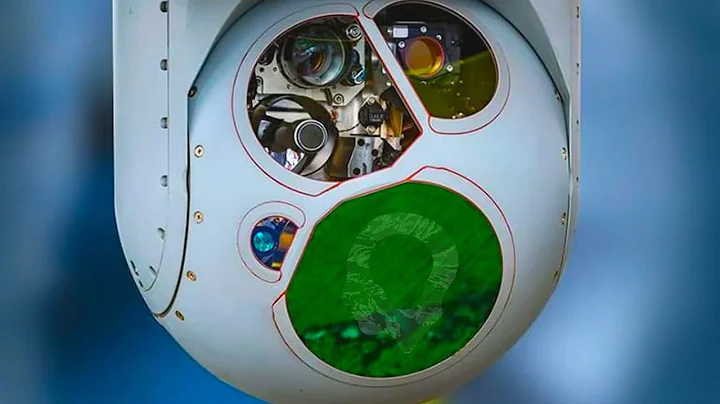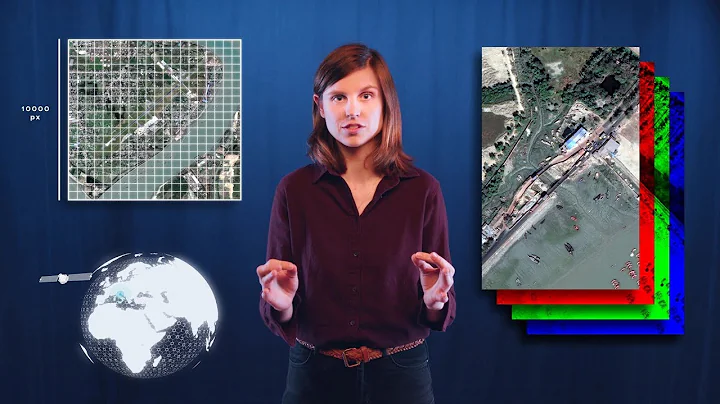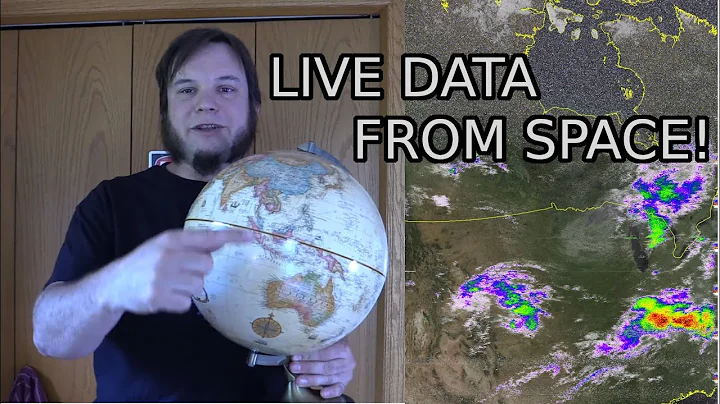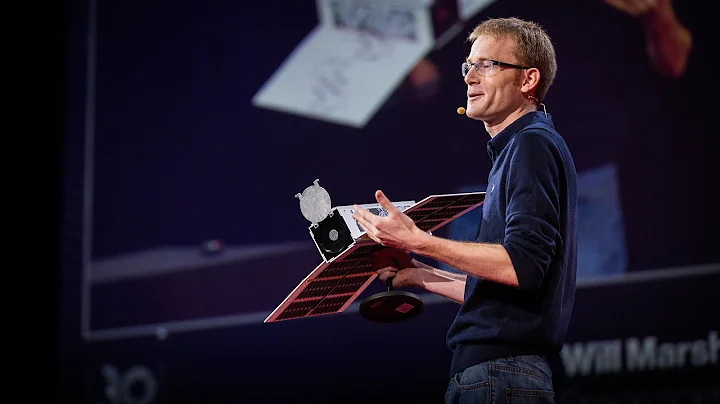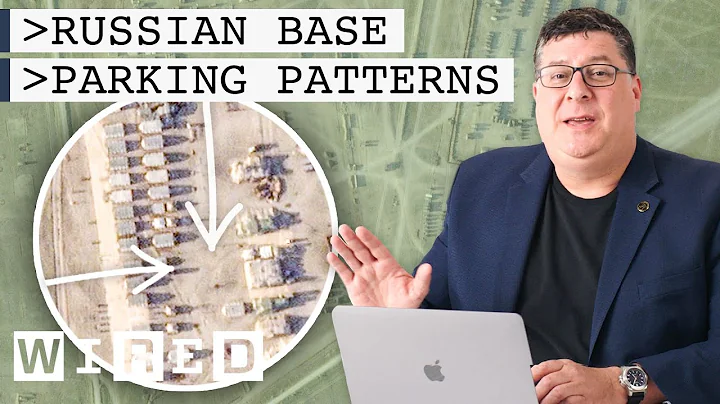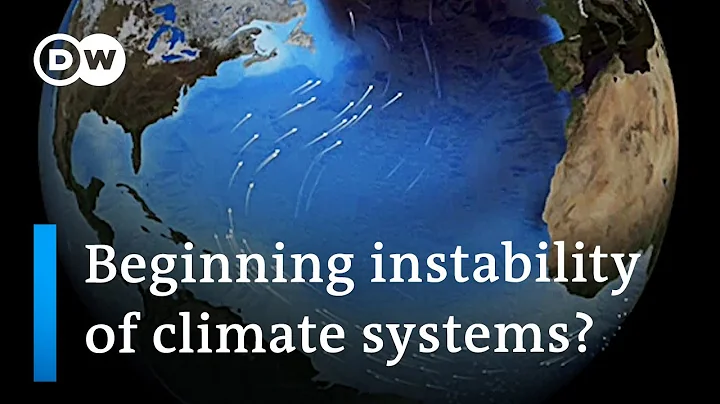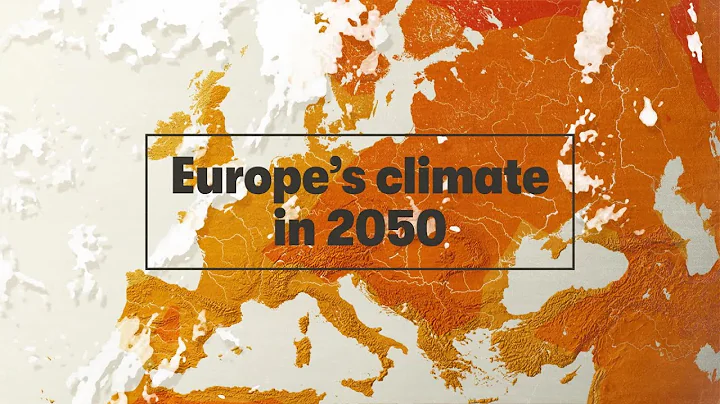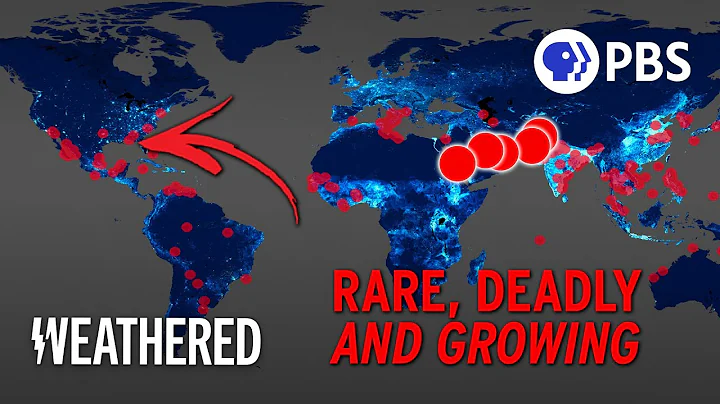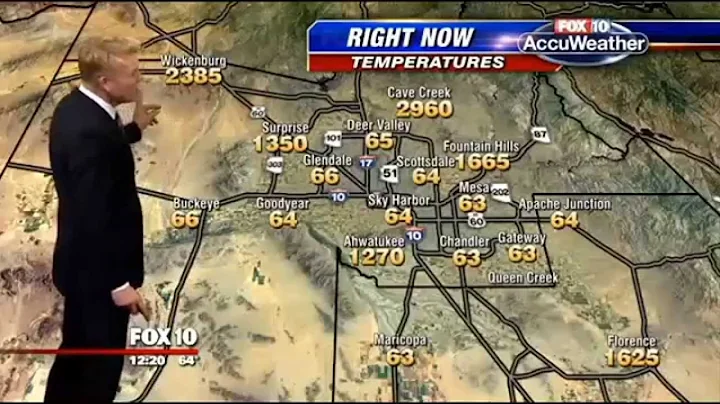's new high-resolution images are a real pleasure. This test shows that consumer cameras can also be used to test and verify satellite operations.

Dedicated space-grade cameras tend to be expensive, limited in quantity, and difficult to develop. Now, small satellite maker NanoAvionics is bypassing the hassle and problems of developing its own space camera and going straight to something off-the-shelf. The company uses a GoPro Hero 7 mounted on a custom selfie stick to capture truly otherworldly selfies.
NanoAvionics' MP42 microsatellite bus allegedly captured this 12-megapixel selfie at an altitude of 342 miles (550 kilometers) above Australia's Coral Sea and Great Barrier Reef. According to the private company , this is "the first ever fully satellite selfie taken in space in 4K resolution, allowing an immersive view of the Earth." The small satellite, along with two others made by NanoAvionics The satellite bus was launched into space on SpaceX's Falcon 9 rocket in April this year.
In practice, typical cameras used for such applications lack generally sufficient resolution, are too expensive, take too long to develop, and do not always provide an immersive view. The GoPro Hero 7 is considered a good solution, but requires some tweaking. The company explains that in addition to disassembling the camera to its "bare skeleton," engineers "fabricated a custom housing for the electronics, fabricated a custom 'selfie stick,' and developed camera control electronics and special software to communicate with satellite systems.” .Engineers also "rigorously tested it to prove that it could withstand the harsh environment of a rocket launch, as well as the vacuum and huge temperature swings of space."

Above: The Australian Continent as seen from low Earth orbit Barrier Reef (displayed at 8x normal speed).
Vytenis Buzas, co-founder and CEO of NanoAvionics, said: “Part of the reason for taking the photos and video footage with the Great Barrier Reef in the background was symbolic. We wanted to highlight the fragility of our planet and the The importance of satellite Earth observation, especially in monitoring the environment and climate change"

The company said it is using GoPro to test and validate satellite operations, and test its new PC 2.0 payload controller running Linux. Nano Avionics says the payload controller optimizes the downlink to meet "applications that require onboard processing of huge packets." The company hopes GoPro can provide visual inspection of payloads, confirm successful deployment of equipment such as antennas and solar panels, detect damage and other physical anomalies, such as small impacts caused by micrometeorites, and serve as a tool for educational purposes. A similar setup could be used to continuously monitor satellites to assess changing conditions over time.
In addition to satellites themselves, satellites are increasingly used by the private sector to gaze at the Earth. In April, San Francisco-based Planet Labs announced plans to deploy a global constellation of 32 Earth observation satellites. Incredibly, these satellites combined are able to track a location a dozen times a day, with enough resolution to find a toaster. Maxar Technologies, based in Colorado, has a satellite constellation with similar capabilities.
If your friends like it, please pay attention to "Know what's new"!



